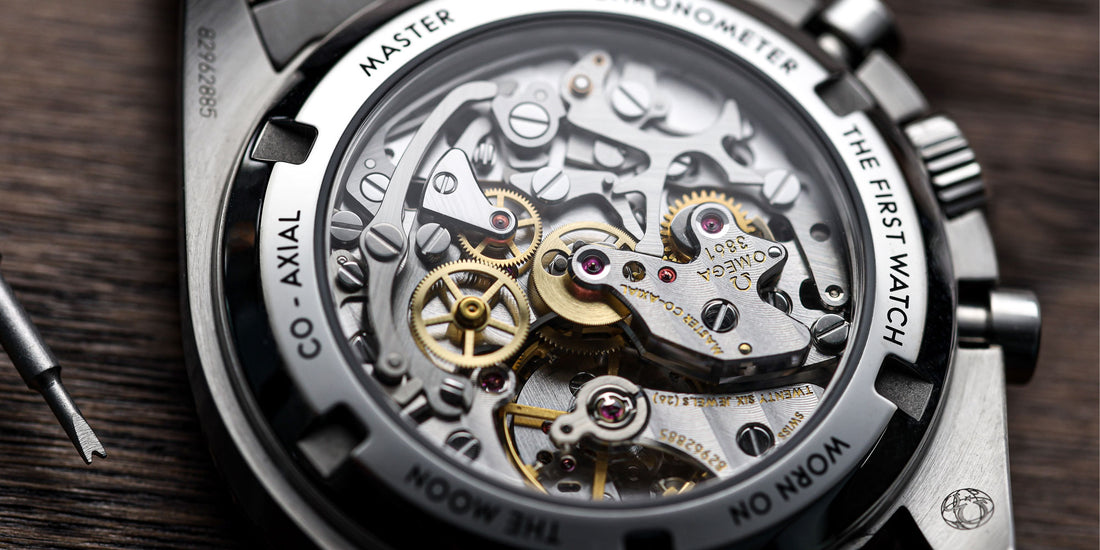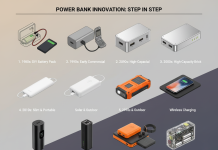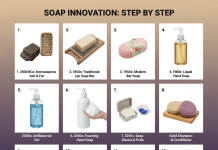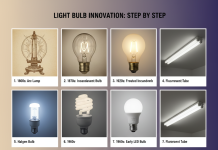The history of watches is a story of technological advancement, Watch Innovation from simple time-telling devices to multifunctional smartwatches. Here’s a step-by-step look at the innovations in watch technology, from the earliest mechanical watches to today’s sophisticated wearables. Watch Innovation Step by Step 1st to Latest
1. Early Mechanical Clocks (14th-15th Century)
Before watches, large mechanical clocks in Europe were built to tell time for entire communities. These clocks, powered by weights or springs, were often found in church towers and public squares. By the 15th century, advancements in miniaturizing gears and mechanisms made it possible to create smaller, portable timepieces.

2. First Pocket Watches (16th Century)
The earliest portable watches appeared in the 16th century, primarily in Germany and Italy. They were called “pocket clocks” due to their size and were often worn around the neck or attached to clothing. Innovations like the mainspring allowed for more compact designs. These watches were luxury items reserved for royalty and the wealthy, often decorated elaborately as symbols of status.
3. Introduction of the Balance Spring (1675)
In 1675, Dutch scientist Christiaan Huygens invented the balance spring (or hairspring), significantly improving accuracy in timekeeping. This innovation laid the foundation for modern mechanical watchmaking, allowing pocket watches to become more reliable and accurate. The balance spring, combined with a balance wheel, regulated the motion of the watch’s hands.
4. Mass Production of Pocket Watches (19th Century)
In the 19th century, the Industrial Revolution enabled mass production of pocket watches, making them more affordable. Companies like Waltham Watch Company in the United States pioneered mass production techniques, producing affordable pocket watches accessible to the working class. By the late 1800s, pocket watches had become standard accessories, especially among men.
5. The First Wristwatches (Early 20th Century)
While wristwatches existed as early as the 16th century, they were considered jewelry for women. In the early 20th century, wristwatches gained popularity among men due to their practicality during World War I, as soldiers found them more convenient than pocket watches. By the 1920s, wristwatches became fashionable and were increasingly adopted by the general public.
6. Automatic Movements and Self-Winding Watches (1920s-1930s)
In 1923, British watch repairer John Harwood invented the first automatic, or self-winding, wristwatch. These watches were powered by the movement of the wearer’s wrist, which rotated a weight inside the case to wind the mainspring automatically. This innovation eliminated the need for manual winding and paved the way for more convenient, low-maintenance watches.
7. Quartz Watches Revolution (1969)
In 1969, Seiko introduced the first quartz watch, the Seiko Astron. Quartz technology, which uses a small quartz crystal to regulate the timekeeping, was significantly more accurate and cheaper to produce than mechanical movements. This innovation triggered the “Quartz Crisis” in the 1970s and 80s, which saw traditional Swiss watchmakers struggling to compete. Quartz watches became widely popular due to their affordability, accuracy, and low maintenance.
8. Digital Watches (1970s)
The 1970s also saw the rise of digital watches, starting with the Hamilton Pulsar Time Computer in 1972. LED and later LCD digital displays offered a new way to tell time and often included additional functions like alarms and calendars. These futuristic-looking watches were initially expensive, but prices soon dropped, making digital watches popular, especially among younger audiences.
9. Luxury Watches and the Revival of Mechanical Watches (1980s-1990s)
In response to the quartz dominance, Swiss watchmakers focused on luxury, craftsmanship, and mechanical complexities. Iconic brands like Rolex, Patek Philippe, and Omega created high-end mechanical watches with intricate designs, appealing to collectors and enthusiasts. Mechanical watches became symbols of luxury, countering the mass-market quartz watches. This period marked a revival in mechanical watch appreciation, positioning them as timeless works of art and engineering.
10. The First Smartwatches (Early 2000s)
The early 2000s saw the emergence of the first smartwatches, which combined timekeeping with limited digital functions. Watches like the Microsoft SPOT and Fossil Wrist PDA offered notifications and basic apps but were not widely adopted due to limited battery life and high prices. However, these early devices laid the groundwork for the later success of smartwatches.
11. Fitness Trackers and Health Features (2010s)
Fitness tracking entered the market with devices like the Fitbit in 2009, which was a wrist-worn pedometer. Over time, fitness trackers evolved to include heart rate monitoring, GPS, and sleep tracking, appealing to fitness and health enthusiasts. These devices marked a new era of wearables focused on health data, which would become a major feature of future smartwatches.
12. Apple Watch and the Smartwatch Boom (2015)
The Apple Watch, launched in 2015, revolutionized the smartwatch industry by integrating communication, health tracking, and customizable apps in a sleek, wearable design. Apple’s entry into the market popularized the smartwatch category, encouraging brands like Samsung, Garmin, and Huawei to create competing devices. The Apple Watch and other smartwatches brought features like text notifications, GPS, heart rate monitoring, and app integration to a mass audience, making smartwatches mainstream.
13. Advanced Health Monitoring (Late 2010s – Present)
Today, smartwatches have become sophisticated health-monitoring tools. Devices like the Apple Watch Series 4 introduced electrocardiogram (ECG) capabilities, allowing users to monitor heart rhythms and detect irregularities. Newer models include blood oxygen monitoring, fall detection, and temperature sensors, making smartwatches essential health devices for users.
14. Luxury Smartwatches and Hybrid Designs (Present)
The watch industry has seen the blending of luxury and technology with brands like Tag Heuer and Montblanc creating high-end smartwatches. These devices combine the aesthetics of luxury watches with modern smart features, appealing to consumers who desire both style and functionality. Additionally, hybrid smartwatches like the Withings Steel HR offer a classic analog look with hidden digital features, merging traditional design with modern capabilities.
15. Future of Smartwatches: AI Integration and Sustainability
Looking forward, smartwatch technology will likely include more advanced AI features, potentially analyzing health data to predict health issues or monitor mental well-being. Advances in materials and battery technology will also lead to more sustainable watches. Smartwatches are set to play a role in digital healthcare ecosystems, as they integrate further with health and wellness platforms.
Conclusion
The evolution of watches from mechanical devices to smart, health-monitoring gadgets demonstrates a shift in focus from simply telling time to enhancing lifestyle and well-being. From ancient clocks to smartwatches, each innovation reflects advances in technology and changes in how we perceive time, fashion, and personal health.






